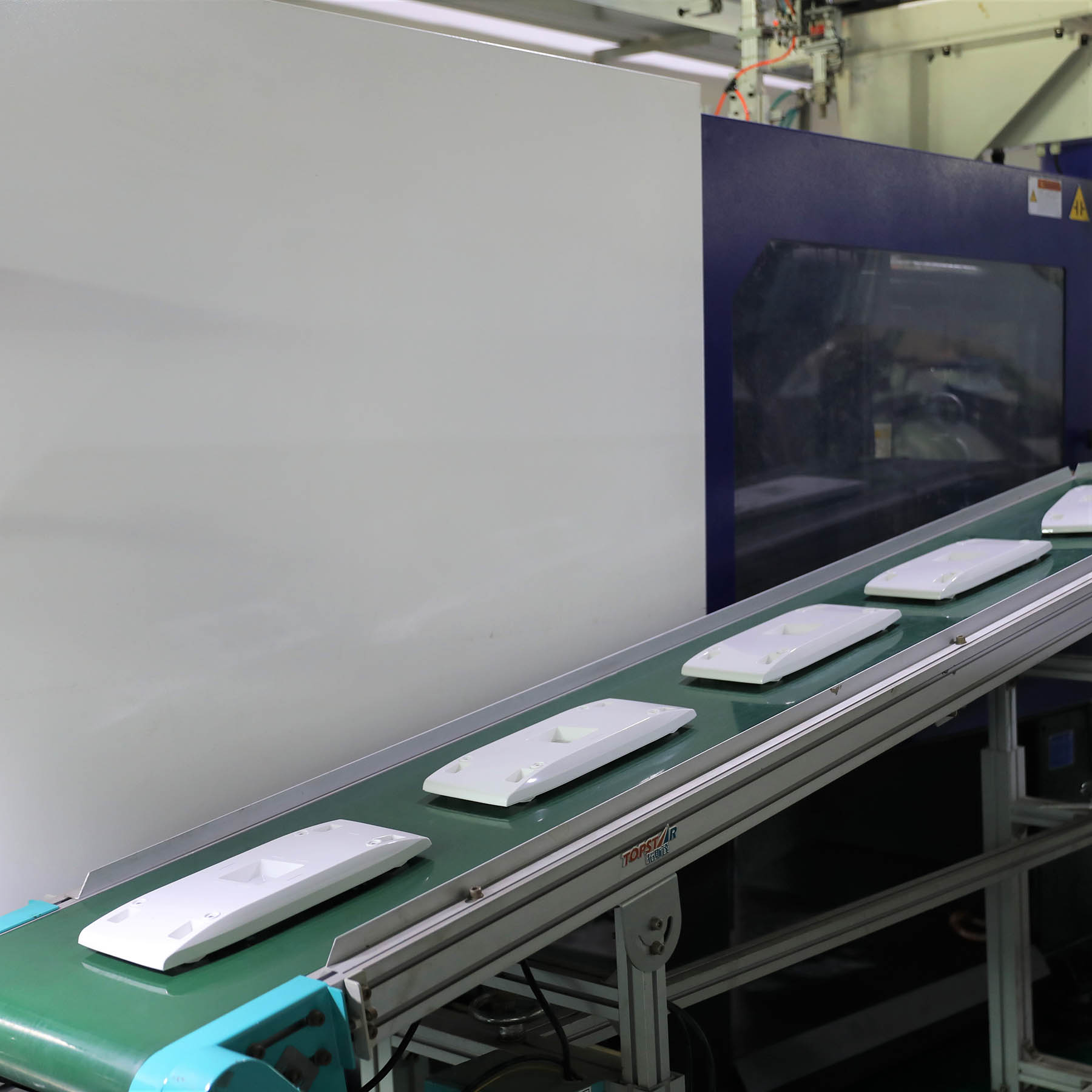Medical device manufacturing presents numerous challenges, from adhering to strict guidelines to optimizing precision and efficiency. Medical device production quality must be impeccable as the end product has a very important impact on people’s health and safety.
Furthermore, devices must be produced efficiently, economically and with a faster time-to-market than ever before. Medical device manufacturers need to find innovative solutions to ensure that the finished device meets all critical requirements and is safe and effective.
For optimal results, here are some tips to follow on medical device contract manufacturing.
1. Define the Manufacturing technology at the beginning
The medical device manufacturing method must be chosen before starting the project. Once the basic requirements of the product have been defined according to the user’s needs, the design and manufacturing engineers should work together to determine what manufacturing method will be used. Choosing the Medical Device contract manufacturing method early on helps ensure that the device is designed for manufacturability and meets cost and volume targets. As the development of a medical device progresses, the cost of making a design change increases. If the appropriate manufacturing requirements are not planned in advance, then it may be necessary to modify mould tools or even change materials once the medical device production cycle has already started. This type of change is time consuming and involves repeating tests and/or development activities that have already been completed earlier.
2. Define target Cost and Target Market price
A poor understanding of product cost targets and price sensitivity within the target market can hinder the success of a medical device and it is also one of the typical manufacturing pitfalls. Unfortunately, it is common to design a medical device that does not meet a cost target and consequently will not be successful in the market. By carrying out market research on competitors’ products, guidelines can be obtained to define a competitive price. However, the price should be based on factors such as whether there are multiple devices already serving the market space or whether the new product offers specific benefits to improve performances, ease of use or safety.
Although the actual cost of a new device may not be certain to be defined in the early stages of design, a cost model should be defined as soon as reasonably possible. Doing so will help guide the design and medical device manufacturing decisions along the way. Be sure to include items that are usually overlooked such as shipping of raw materials, sterilization, and manufacturing costs so that actual margins do not disappear once the product is launched.
3. Choose the right medical device Contract Manufacturing Partner
When it comes to medical devices, a good manufacturing partner is more than just a technical expertise. Choosing a partner with a lot of experience in the medical device industry is crucial because it helps to properly follow the regulations of the healthcare industry (e.g. FDA, MDR, ISO 13485). The qualities of the partner should be: working in a quality management system, having established processes in place and knowing the critical requirements for the production of the device. When choosing a manufacturing partner, it is always a good idea to consider its experience in the field, whether it uses similar processes to produce similar products, and whether it can meet the requirements of small batch and large-scale production. In addition, you should also consider whether the manufacturer can provide other services needed to market the device, such as testing, packaging or logistics. So you should choose a manufacturing partner that is suitable for your business and can meet your needs both now and in the future.
4. Collaborate with a Medical Device Manufacturer that is integrated with the Design and Development teams
Medical device regulations and technologies are constantly evolving. When you engage in medical device manufacturing, it is useful to have in-house expertise in different areas of Medical Device production. Skills change from device to device, but could be skills in product development, packaging design, testing, regulation, assembly, injection molding, processing, software development and more. When designers work with experienced assembly technicians and manufacturing engineers, they can better understand the impact that decisions made during the design phase will have on the final product. By considering the clinical use of the device, a manufacturer can catch typical manufacturing pitfalls before they become real problems. A medical device manufacturer with a good understanding of medical device design must ensure that the design rules are properly observed. When design and manufacturing teams work together seamlessly, technical challenges can be addressed quickly and errors can be reduced.
5. Documenting the entire production process
All medical devices require traceability, i.e. a paper trail to prove that the right product was made and it was made well. The trace also contains the results of inspections and performances, who did what, when, and with what authority.
As an expert in Medical Device Contract Manufacturing Creanova provides a full-service for the Med-Tech industry.
Thanks to our 20 years’ experience in the healthcare industry and the integration of the design, development and production departments into one multidisciplinary team, Creanova can help you complete your medical project with a strong medical device production process.
We have a great deal of experience in complex, high quality injection moulded casings. Through DFM, Mold flow analysis, Polymer definition, Tooling and Product Validation, we anticipate any problems and drive your project to the desired end product in the shortest time possible.
We complete our contract manufacturing services with PCB production and programming, Quality Control, Assembly, Cleanroom production and assembly, Product traceability (ISO 13485), Labelling & packaging, Warehousing & Logistics.
Assembly is carried out in our facilities in Italy and Serbia – a unique combination of cost competitive advantage and European membership – with ISO 13485 certification.
These are just some of the reasons why medical device companies have been turning to Creanova for the production of their medical devices for nearly 20 years. Contact us to find out more.

